
views
Preparing the Wood
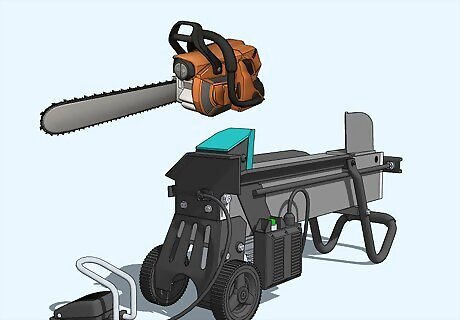
Use the right tools. You'll need supplies that will allow you to cut and transport the firewood. Gasoline-powered chainsaws are the cutting tool of choice, but it can also help to have a buck saw, Swede saw, and a razor-sharp axe. If you need to drive a wedge, use a sledgehammer and maul. Powered log splitters are very handy to have, as well, since they can save a lot of time and energy. A small business can use a pickup truck to transport firewood, but if you want to expand the business, you'll need a low-boy trailer.

Find a good source of firewood. You can't cut down any tree you see. You'll need to get the firewood you sell from a legally acceptable source. Trees on your own property are typically fine as long as there are no zoning laws prohibiting you from cutting them down. You can usually harvest marked trees from a national forest. Thin, dead, and dying trees on private forests, fence rows, and lots are usually okay, too. Purchase the excess wood usually discarded by sawmills. Offer to cut up and remove unwanted trees that fall after a storm.
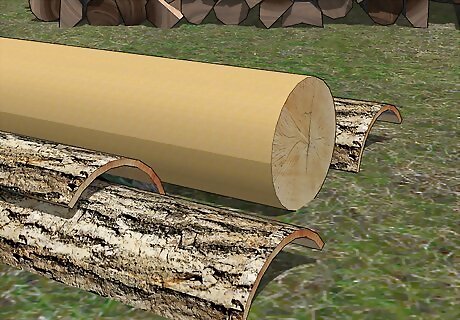
Remove the bark. While not strictly necessary, treating your firewood will usually make it easier to legally ship firewood to a greater customer base. One of the simplest ways to treat firewood is simply to remove the outer layers. If you take this option, you'll have to remove both the bark and 1/2 inch (1.25 cm) of the wood beneath it, called the cambium layer.
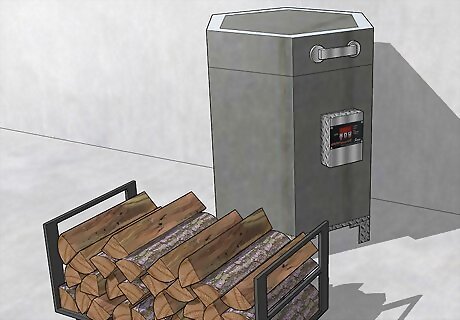
Alternatively, use a kiln drying treatment. Another simple way to treat firewood for shipment out of the county or out of the state is to use a kiln drying treatment, which dries the wood out and kills off many forms or larvae. The maximum allowable thickness of wood is usually around 3 inches (7.6 cm). Use steam, hot water, or a kiln to heat the wood to a minimum temperature of 160 degrees Fahrenheit (71.1 degrees Celsius). Maintain this temperature for at least 75 minutes.
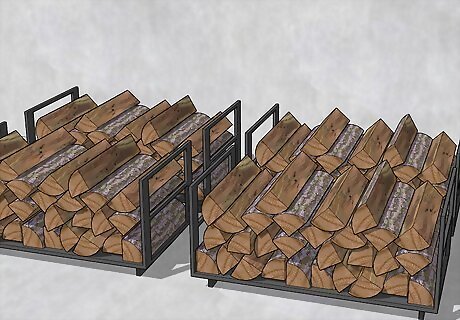
Store the wood in dry conditions. Store the prepared firewood in neatly stacked bundles and keep those bundles in a dry location. Ideally, firewood should be elevated off the ground to prevent moisture from soaking in through the bottom. If you must store firewood outside, keep a tarp or similar covering over the piles to limit the amount of moisture coming in contact with the wood.
Taking Care of Legal Matters
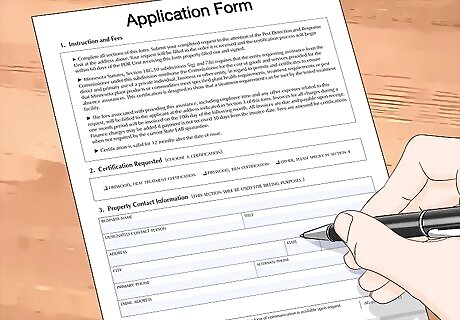
Obtain state approval. While each state has its own process, nearly every state will require you to fill out an application permitting you to sell firewood. Obtain the application, fill it out, sign it, and take it to a state forestry office for approval. After being approved, you will likely be issued a stamp or tickets that can be used to label or bundles. Your name will also be added to a list of state-approved vendors. You will need a separate application for each county you harvest wood in and for each separate type of firewood.
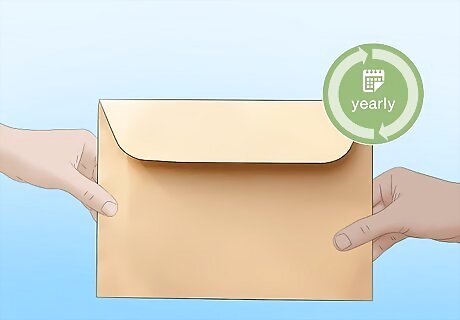
Renew your application each year. Since firewood sources and other details can change on a yearly basis, you will need to reapply as a vendor each year. Make sure that you renew your application on time. Typically, the deadline will arrive sometime in early to mid-fall.
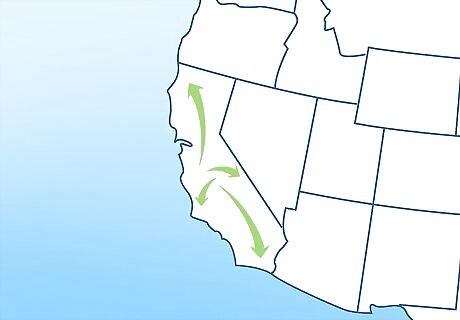
Only sell firewood within the state. While some states will allow you to move firewood past state lines when strict conditions are followed, most states strongly discourage it, so it is easier and safer to only sell firewood locally. Firewood easily transports invasive insects. Selling firewood from your state to someone in another state could introduce that pest into another area, thereby spreading the problem. Moreover, since the insect will not be native to that area, there will not be as many natural predators to help reduce the population.
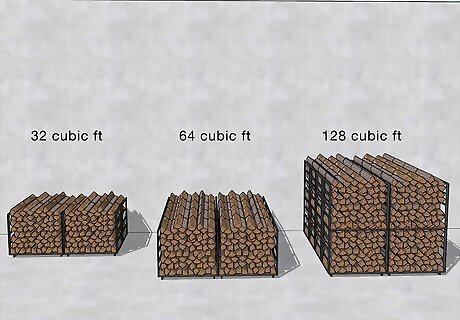
Package the firewood in cord-based units. Most states will only allow you to sell firewood in full or partial cords. A cord is a stack of firewood measuring 128 cubic feet (39 cubic meters). Similarly, a half cord is 64 cubic feet (19.5 cubic meters) and a quarter cord is 32 cubic feet (9.8 cubic meters). The dimensions of the pile do not need to be precise as long as the total volume equals the correct amount. For instance, the stack could be 4 feet (1.2 meters) wide, 4 feet (1.2 meters) high, and 8 feet (2.4 meters) long, but it could also be 2 feet (0.61 meters) wide, 4 feet (1.2 meters) high, and 16 feet (4.9 meters) long. You are not allowed to sell firewood using terms like "face cord," "rack," "pile," or "truckload."

Pay taxes. No matter how much firewood you sell, the moment you decide to become a firewood vendor and apply for permission to do so, you also become a small business. As such, you will need to pay small business taxes. You will need to pay federal and state self-employment taxes. If you make below a certain amount, you may not own business tax, but the income will still be taxable. This amount can vary from state to state.
Selling the Wood
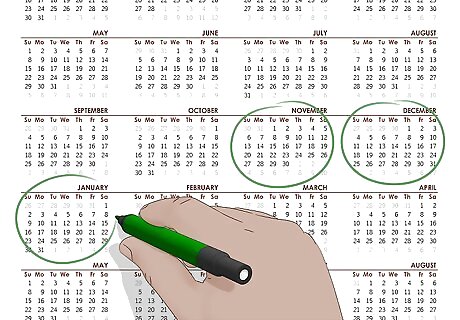
Focus your efforts during the right time of year. People are obviously more interested in buying firewood during the late fall, winter, and early spring. You can sell wood during other times of year, but you'll make the most profit when the weather is cold and the demand rises. You may also notice that sudden drops in temperature during an already cold season will increase your sales further, especially if the temperatures are supposed to stay low for several days.

Put up a sign. This is the most traditional way to sell firewood, and in some respects, it might prove the most useful. Find the nearest busy road and put up a "Firewood for Sale" sign. Include a phone number so that those who pass the sign know who to contact. Another take on this principle is to set up a roadside stand. Park your truck or trailer along the street with a load of firewood and a "for sale" sign on it.

Advertise in the newspaper. Since most of your firewood sales will come from local sources, placing a small ad in your local newspaper will usually help some. Take out a low-cost ad, state, "Firewood for sale," and include your phone number.
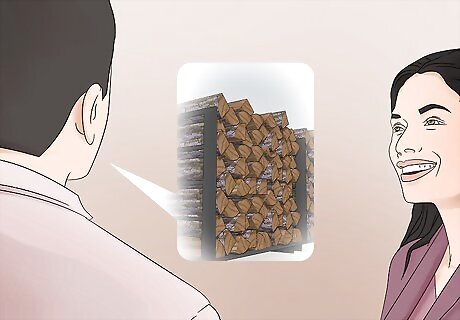
Spread the word. Word of mouth is usually one of the best marketing resources a small business has. If you make your customers happy, encourage them to spread the word to their friends. You can also let your own friends, relatives, coworkers, and acquaintances know about your business. Consider printing up business cards. Include a business card with each delivery and pass them around to potentially interested parties.
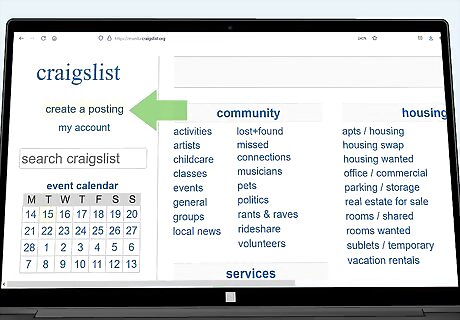
Sell online. Even if you only intend to sell firewood locally, having a sales presence on the Internet can be a good idea. Set up a website or blog that allows customers to make purchases online. Make a page for your firewood business on Facebook, Twitter, Pinterest, or other social media websites. Post an ad on Craigslist or another online classifieds website.
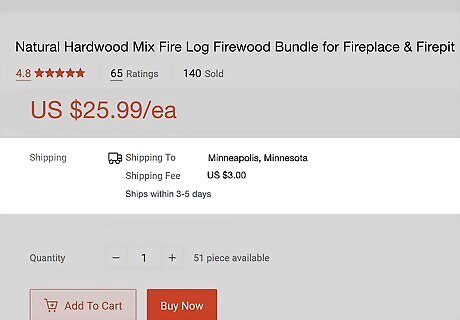
Offer delivery services. If you're selling the firewood from home, most buyers will call in their orders and ask you to deliver the wood they buy. Since most firewood is purchased during notably cold days, customers will usually want a speedy delivery. Make sure that you have enough time to make the delivery and provide estimates that will give you plenty of extra time. For instance, if you think you can deliver the firewood the next day, you should still say that delivery could take three or four days. Receiving something early never bothers someone as much as receiving something late does.
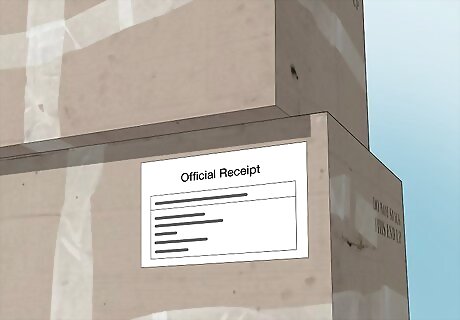
Provide buyer's with a receipt. You are legally required by most states to provide each customer with a receipt when a purchase is made and delivered. This receipt should include information about both the seller and the buyer, including names, addresses, and phone numbers. The kind and amount of wood purchase should be noted, as well as the price paid. Also include the date of delivery or date of shipment.
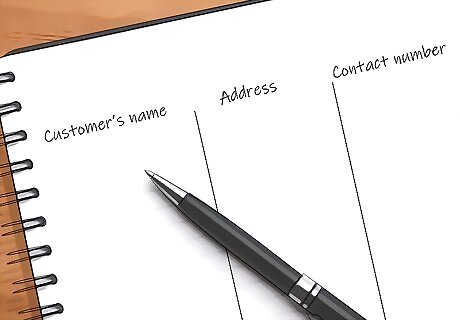
Keep a list of customers. Keep a list of every customer who has bought firewood from you, including their name, number, and address. Call these customers up early the following cold season, before temperatures drop too severely, and ask them to consider purchasing from you again this year. Note, however, that a customer who asks to be removed from your list should be removed.















Comments
0 comment